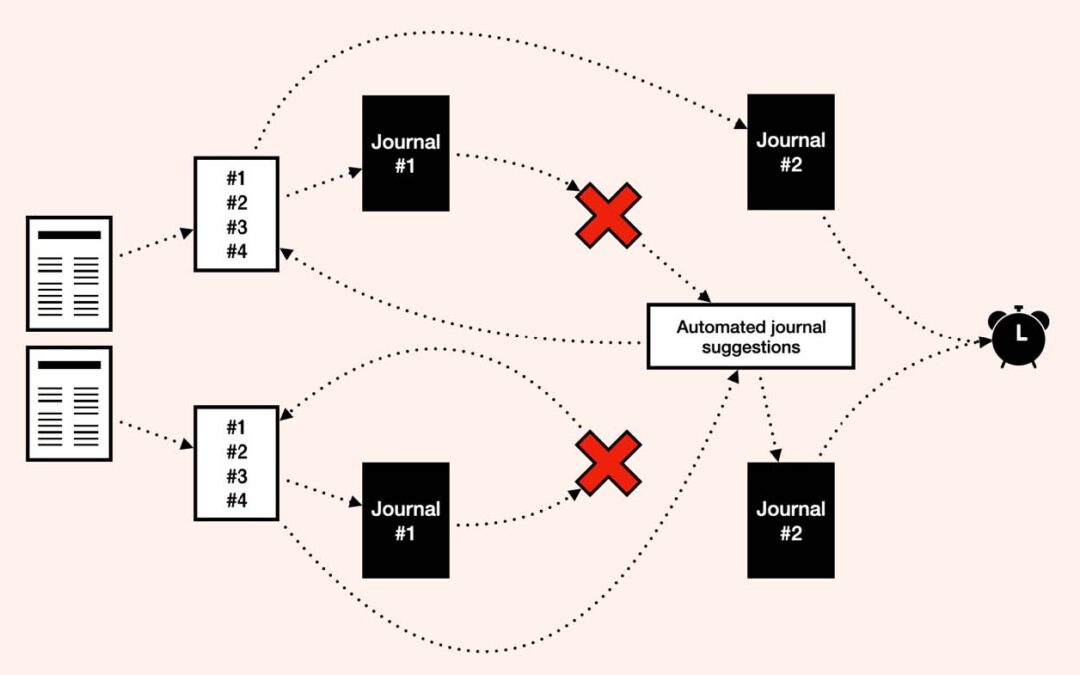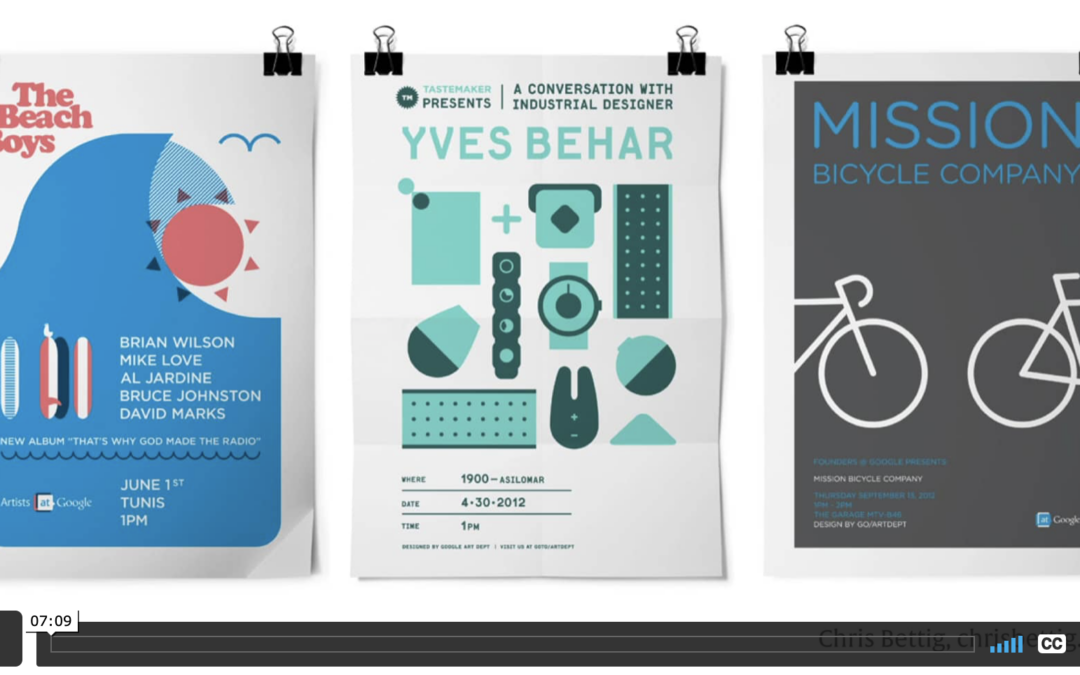In order to communicate research findings, industry researchers rely on a wide range of tools to convey insights. A prime example are visualisations depicting steps in a journey in a sequential order. The use of...


In order to communicate research findings, industry researchers rely on a wide range of tools to convey insights. A prime example are visualisations depicting steps in a journey in a sequential order. The use of...

PechaKucha Presentation—Paper documents are increasingly being replaced with digital files, infinitely replicable for seemingly no cost. Yet I've always felt the pull of paper, with a personal affinity for physical books and a background in magazine production. Through my recreational...

The 2014 American Anthropological Association meetings for me consisted of a long and occasionally ranty (on my part) conversation about Open Access publishing. My conversations at the 2013 meetings in Chicago around OA hinted at high levels of anxiety and also misinformation among academics in...